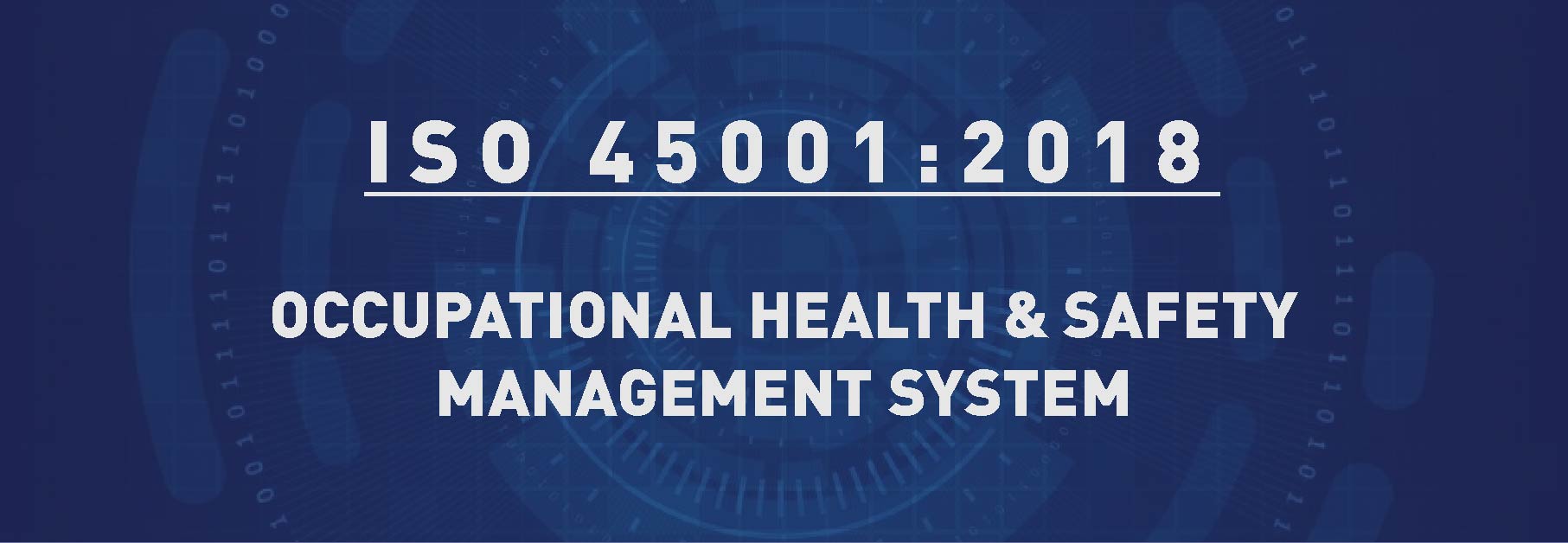
ISO 45001 is a globally recognized standard that provides a framework for the implementation of an occupational health and safety management system (OHSMS). The standard was first published in 2018 by the International Organization for Standardization (ISO) and is intended to replace the existing OHSAS 18001 standard.
ISO 45001 outlines a set of requirements that an organization must meet to establish, implement, maintain, and improve an OHSMS. The standard covers all aspects of an organization's operations that could have an impact on the health and safety of its employees, including risk management, hazard identification, incident reporting, and emergency preparedness.
The goal of ISO 45001 is to help organizations provide a safe and healthy workplace for their employees by establishing a systematic approach to occupational health and safety management. To be certified to ISO 45001, an organization must undergo an independent audit by a third-party certification body to demonstrate compliance with the standard's requirements.
ISO 45001 certification can bring numerous benefits to an organization, including:
Overall, ISO 45001 can help organizations provide a safe and healthy workplace for their employees, reduce the risk of workplace incidents and injuries, and achieve their occupational health and safety objectives.
UMS evaluates your documentation and company records
UMS reviews the compliance against the standard requirements.
Non-conformances identified during the audit require closures.
UMS issues the certification and certification mark.
Annual audit required to maintain certification validity.
ISO 45001 is an internationally recognized standard for occupational health and safety management systems. It provides a framework for organizations to manage their health and safety risks and comply with occupational health and safety regulations.
The benefits of implementing ISO 45001 include improved workplace safety, reduced incidents and accidents, compliance with regulations, enhanced reputation and stakeholder trust, and increased efficiency.
Any organization, regardless of size or industry, can implement ISO 45001 if it wants to manage its health and safety risks and improve its workplace safety.
The time it takes to implement ISO 45001 depends on the size and complexity of the organization and the scope of its health and safety management system. It can take anywhere from several months to a year or more.
The process for becoming ISO 45001 certified involves implementing an occupational health and safety management system, conducting internal audits and management reviews, and undergoing a third-party audit by a certification body. If the organization meets the requirements of the standard, it will be issued an ISO 45001 certificate.
ISO 45001 certification lasts for three years. During this time, the organization must undergo surveillance audits to ensure that it continues to comply with the standard.
The cost of ISO 45001 certification varies depending on the size and complexity of the organization, the scope of the health and safety management system, and the certification body used. It can range from several thousand to tens of thousands of dollars.
Yes, ISO 45001 can be integrated with other management systems, such as ISO 9001 for quality management or ISO 14001 for environmental management. This can result in a more efficient and effective management system that addresses multiple aspects of an organization's operations.
OHSAS 18001 is an earlier standard for occupational health and safety management systems, while ISO 45001 is the current standard. The main differences between the two standards include a greater emphasis on leadership, worker participation, and risk management in ISO 45001, as well as a more comprehensive approach to managing health and safety hazards throughout the organization.
Contact us:
For further information on ISO 45001 certification, please contact us at info@umscert.com or call us at +91-(011)-44777570. We will be happy to assist you.
Quality is never an accident; it is always the result of high intention, sincere effort, intelligent direction and skillful execution; it represents the wise choice of many alternatives.